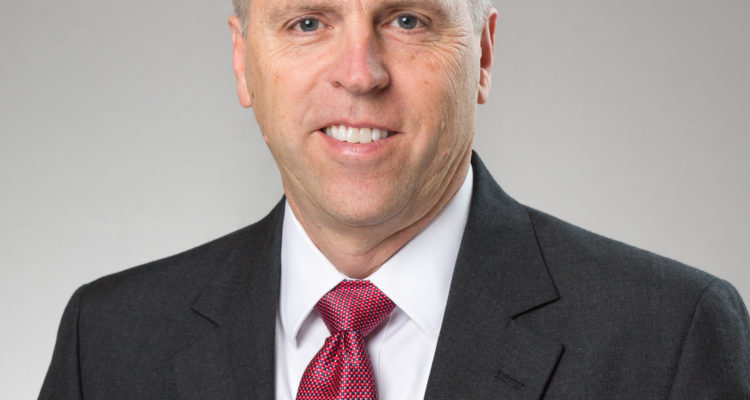Governor Steve Bullock and his surrogates, most recently Lieutenant Governor Mike Cooney, have been pushing the narrative that Republicans are the ones to blame for Montana’s short-term budget problems.
The Montana Legislature has only one constitutional requirement and that is to establish a balanced budget. It first starts with estimating revenue for the next budget cycle. The legislative staff works with the governor’s budget office and spends many hours working to establish a revenue estimate. Legislators then use these numbers to form the two-year budget. Montana also has a rainy day fund, or at least we did prior to the 2017 Legislative session. This fund is very important and acts just like a family’s savings account to help supplement revenue shortfalls.
It takes almost the entire 90 days allowed for the legislative session to create the state budget. Governor Steve Bullock can then sign the budget or veto the budget. A veto would force the Legislature to make modifications that are acceptable to the governor. The Legislature cannot adjourn until a balanced budget is achieved. During the last few days, legislative leaders and Governor Bullock meet for final budget negotiations. So let’s be clear, nothing in this budget was a surprise to the governor, nor was it developed without his input.
The Legislature only meets for 90 days every other year. Over Montana’s two-year budget cycle, 88 percent of the time (640 days), the governor is responsible for managing the budget and rainy day fund. He has the executive power to move money around, slow spending and make cuts up to 10 percent at his discretion.
Montanans heard a lot about the rainy day fund while Governor Bullock was campaigning for reelection in the summer of 2016. In fact, it was a huge part of his campaign platform – that and his promise of “no new taxes.” Earlier in 2016 , Montana’s revenues began to slow and at that time Governor Bullock had a choice to either spend the rainy day fund, or asks his department heads to slow spending. Both former Governors Martz and Schweitzer, faced with similar circumstances, chose to slow and reduce spending to make sure to keep the state in sound financial condition.
Governor Bullock chose the alternative, spending almost our entire $350 million dollar rainy day fund. Then, during the summer of 2017 he had no choice but to make cuts.
The good news for Montana is that all projections are showing that this was a short-term revenue problem, and many of these cuts will be reversed during the summer of 2018. However, many vulnerable Montanans have been harmed by Governor Bullock’s decisions along the way.
There is plenty of blame to go around in regard to budgets and estimates, but they are just that, budgets and estimates. Just like any Montana business or family it takes a leader to manage finances and make sound financial decisions. Governor Bullock failed to lead and soundly manage our finances, instead unnecessarily turning his cuts to the most vulnerable.
Greg Hertz, R-Polson, is the speaker pro tempore in the Montana House of Representatives.
